
Stuff I learnt:
Hook Model is a 4-step process to manufacture habits. It describes an experience designed to connect the user’s problem to a solution frequently enough to form a habit.
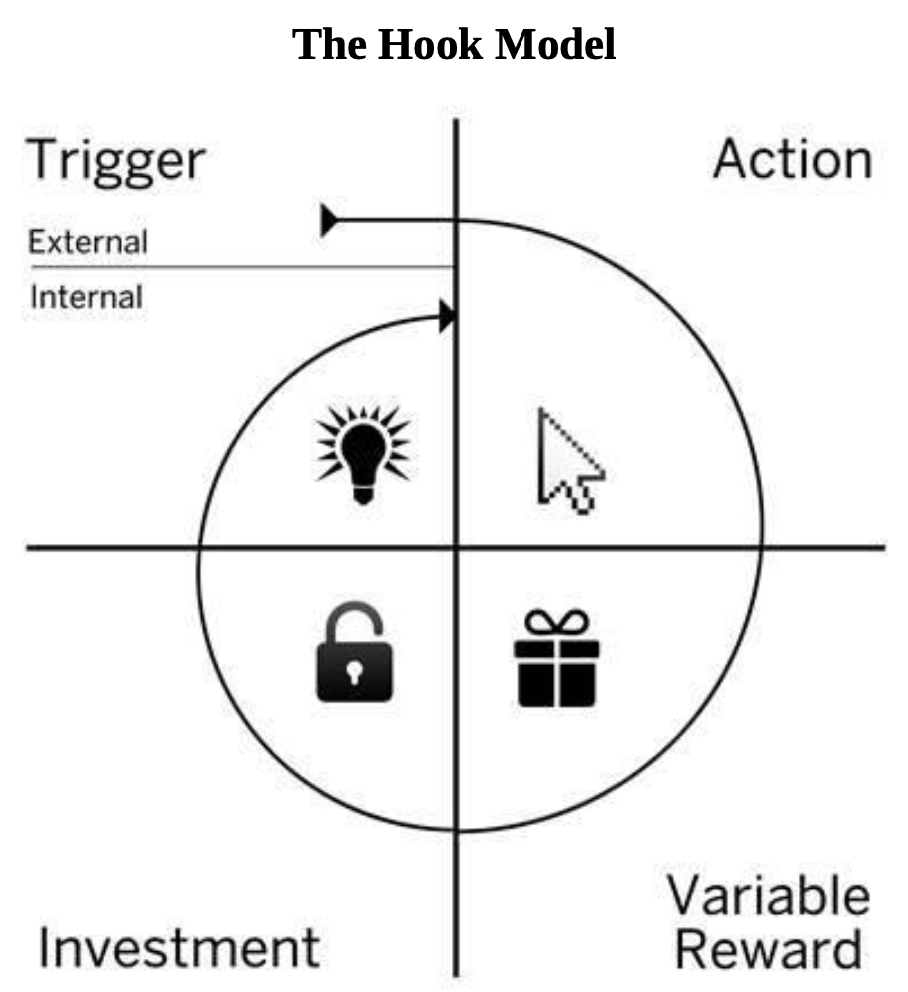
Users increase their dependency on habit-forming products by storing value in them – further reducing the likelihood of switching to an alternatives eg emails, photos/stories on Instagram and tweets etc. The non-transferrable value created and stored inside these services discourages users from leaving.
Two factors to determine a product’s habit-forming potential
➊ Frequency: Frequent engagement with a product, especially over a short period of time, increases the likelihood of formingnew routines.
➋ Perceived Utility: For an infrequent action to become a habit, the user must perceive a high degree of utility, either from gaining pleasure or avoiding pain.
example of utility: Amazon provides tremendous perceived utility to its customers by allowing them to comparison shop from within the site. Amazon earns loyalty even if it doesn’t make the sale, and comes across as trustworthy in the process. The tactic is backed by a 2003 study, which demonstrated that consumers’ preference for an online retailer increases when they are offered competitive price information.

Trigger
Triggers come in 2 types: external & internal
External triggers are calls-to-action. They embedded with information, which tells the user what to do next.
➊ Paid Triggers eg ads, SEM
➋ Earned Triggers eg PR, interviews
➌ Relationship Triggers eg likes, referrals
➍ Owned Triggers eg all sort of users choices
Owned triggers are part of your user’s environment by their choice like the apps they have on their phones, the podcasts/newsletter they subscribe to, WhatsApp notification setting etc. It’s ultimately up to the user to opt into allowing these triggers to appear.
Internal triggers: If we make a mental connection between a product and the pain it reliefs, we form an internal trigger for using that product.
To find the internal triggers requires digging deeper to understand how your users feel. You have to identify the particular frustration or pain-point in emotional terms, rather than product features.
Two ways to find internal triggers
➊ User narratives
➋ The 5 whys
Action

To initiate action, doing must be easier than thinking
there are 3 ingredients required to initiate any and all behaviours:
➊ the user must have sufficient motivation
➋ the user must have the ability to complete the desired action
➌ a trigger must be present to activate the behaviour (prompt)
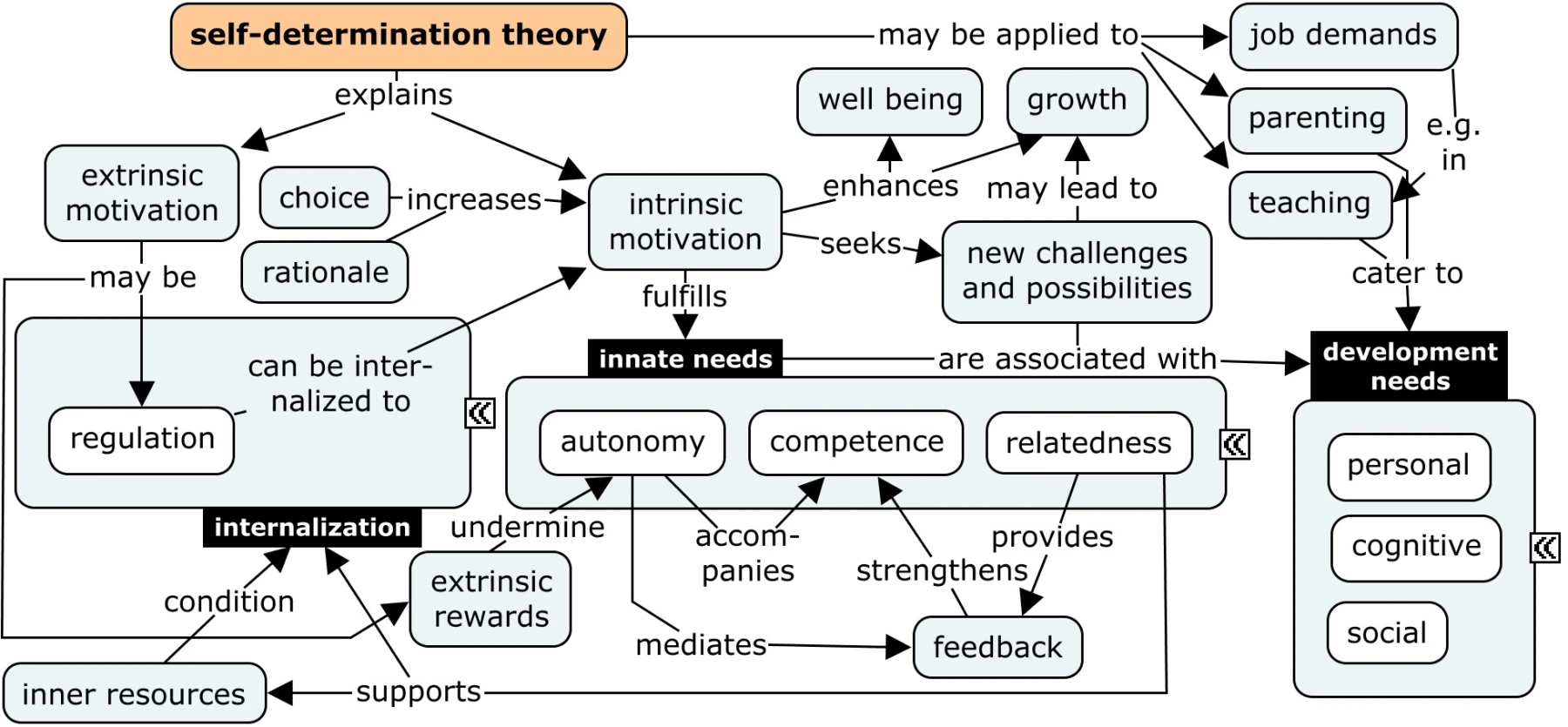
credit: csl4d.wordpress.com
#1 Motivation
While a trigger cues an action, motivation defines the level of desire to take that action.
Fogg argues that 3 core motivators (each with 2 sides) drive our desire to act.
➊ Sensation: pleasure & pain
➋ Anticipation: hope & fear
➌ Belonging: social acceptance & social rejection
#2 Ability
Ability is the capavity to do a particular behaviour.
3 steps to increasing abiltiy
➊ understand the reason people use a product or service
➋ lay out the steps the customer must take to get the job done
➌ simply. once the series of tasks from intention to outcome is understood, simply start removing steps until you reach the simplest possible process
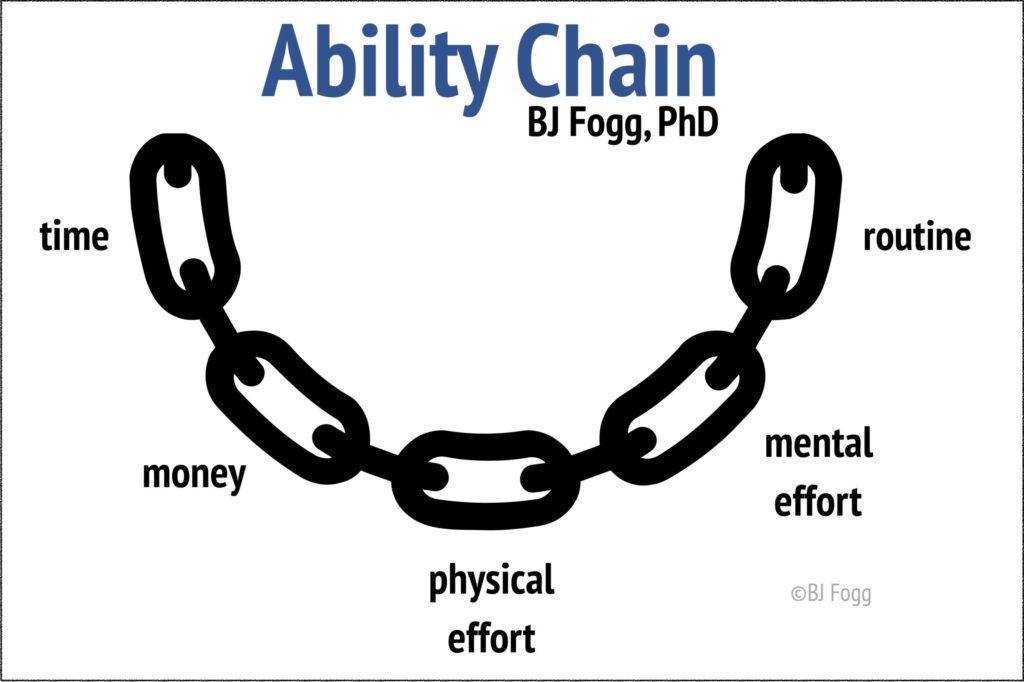
credit: behaviormodel.org
6 factors that influence a task’s difficulty
➊ Time – How long it takes to complete an action
➋ Money – The fiscal cost of taking an action
➌ Physical Effort – The amount of labor involved in taking the action
➍ Mental Effort – The level of mental effort and focus required to take an action
➎ Social Deviance – How accepted the behavior is by others
➏ Routine – How much the action matches or disrupts existing routines
To increase the likelihood of a behavior occurring, focus on simplicity as a function of the user’s scarcest resource at that moment i.e. identify what the user is missing, what is making it difficult for the user to accomplish the desired action.
Between motivation and ability, always start with ability. In influencing behaviour by reducing the effort required to perform an action is more effective than increasing someone’s desire to do it. Make your product so simple that users already know how to use it, and you’ve got a winner.
Variable Reward
The third step in the Hook Model is the Variable Reward phase. In this phase, you reward your users by solving a problem, reinforcing their motivation for the action taken in the previous phase.
To hold our attention, products must have an ongoing degree of novelty cos it sparks our interest.
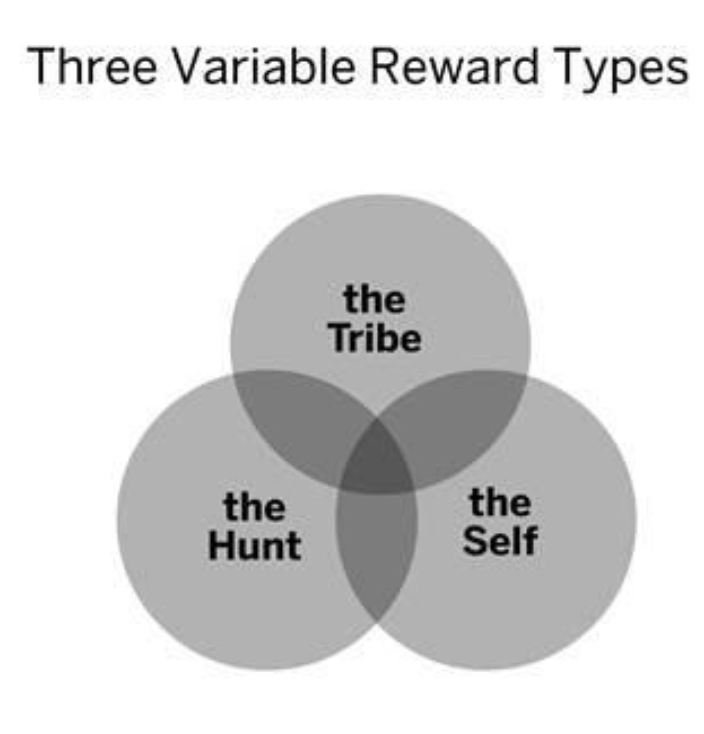
➊ Rewards of the Tribe: social rewards, our connectedness with other people
➋ Rewards of the Hunt: the search for material resources and information
➌ Rewards of the Self: the search for intrinsic rewards of mastery, competence, and completion
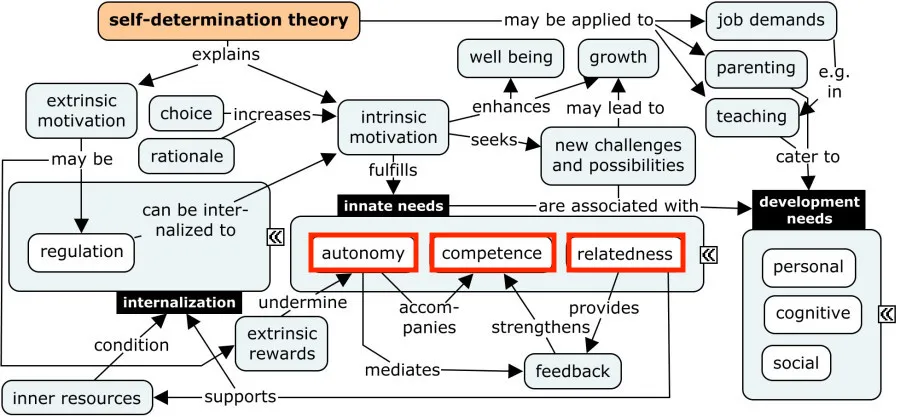
Maintain a Sense of Autonomy which can impact user engagement.
Researchers discovered the phrase, “you are free to accept or refuse.” The phrase disarms our instinctive rejection of being told what to do, so we are more likely to be persuaded when our ability to choose is reaffirmed.
By maintaining the users’ freedom to choose, products can facilitate the adoption of new habits and change behaviour for good.
Investment
The Investment Phase is about the anticipation of rewards in the future, not immediate gratification
Investments in a product create preference because of…
➊ IKEA effect (our tendency to overvalue our work)
➋ Commitment bias
➌ Cognitive dissonance
The big idea behind the Investment Phase is to leverage the user’s understanding that the service will get better with use (and personal investment).
Form of investment and stored value
• Content
• Data
• Followers
• Reputation
• Skill
.
Buy on Amazon
◃ Back